Get to know more about Barlig and its amazing tourist spots that will make you feel like you’re in the heart of the Amazon jungle!
Dubbed as the “Last Ecological Frontier in Mountain Province,” Barlig harbors vast forests including rare mossy and dipterocarp ecosystems. For centuries, the locals have protected them from massive logging which stripped the country of its once-abundant rainforests.
Today, Barlig is an important watershed not only for the said municipality but also to neighboring provinces all the way to the lowlands of Isabela and Cagayan. Visitors coming to Barlig will find themselves in a cathedral of diversity with its rich flora and fauna.
Here are some interesting photos to give you an idea of just how beautiful the forests of Barlig are. Take a virtual tour and help us campaign for the preservation of this hinterland gem.
1. A lake atop a forested volcano
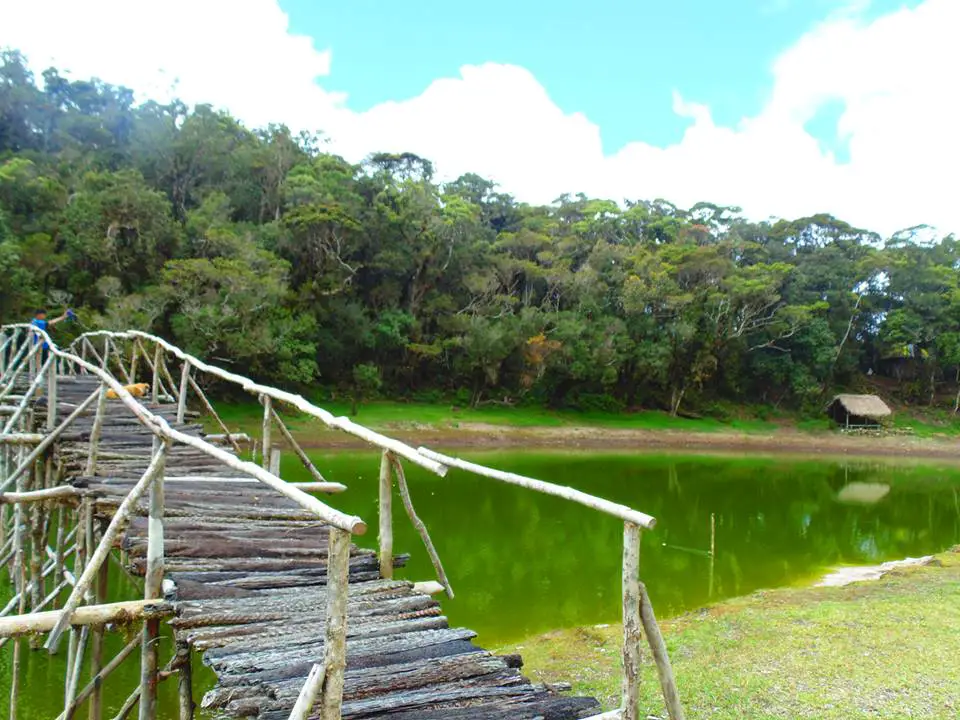
Just a few minutes of a hike from the national highway, one will witness this enchanting lake surrounded by primeval mossy forests. Known as Lake Tufob or Lake Tufog, the lake teems with interesting stories.
The locals believe that unseen deities and spirits guard the lake. It is actually a crater of an extinct volcano. It’s no wonder there are multiple hot springs surrounding the mountain.
It’s best to visit Lake Tufob during the early morning or late afternoon to catch sight of enveloping mists and to experience the serenity. There’s a soothing effect when one strolls on the mossy forests and listens to the songs of nature. There are also wild orchids and other unique plant species. Take note. These are for your eyes only.
2. Sayang Mossy Forest
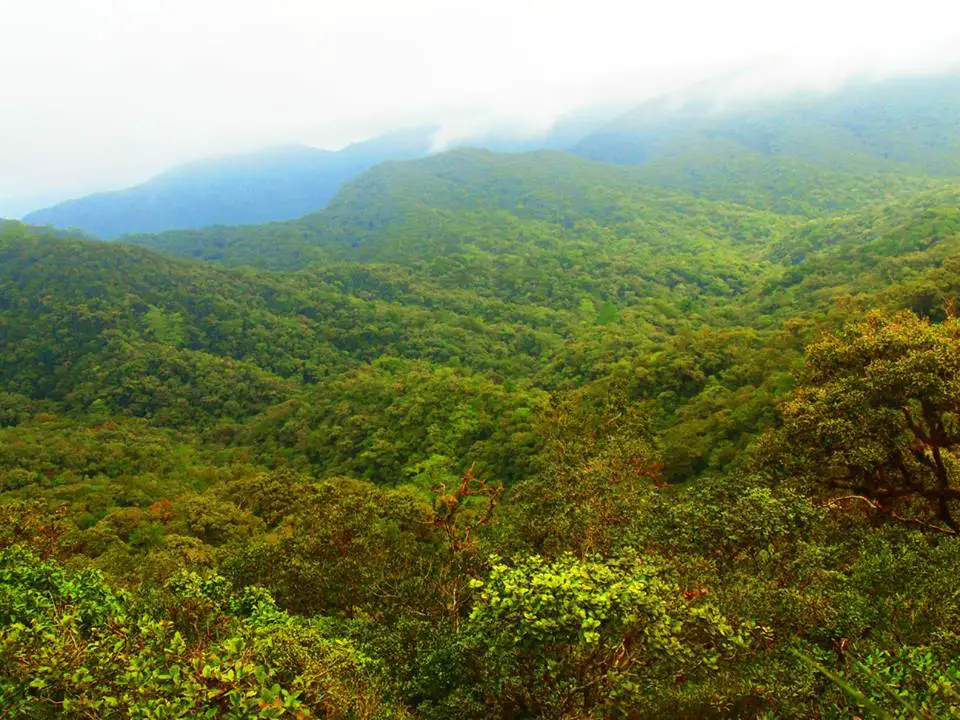
Known as the “Playground of the Deer,” Sayang Mossy Forest is one of the remotest ecosystems in Barlig, making it an important refuge for critically-endangered wildlife. It’s a small valley and is completely carpeted with pristine mossy forests. In many areas, the thickness of mosses can reach a meter or more and underneath are sanctuaries of wild pigs and deer.
Sayang Mossy Forest feeds numerous brooks and streams which lead to beautiful cascades. The highest of which is Futitikun Falls, reaching up to more than a hundred meters. When in the forest, one can feel like time’s standing still. For centuries, it has been a hunting ground of the Lias tribesmen.
3. Enchanting Kokop-Asun Falls
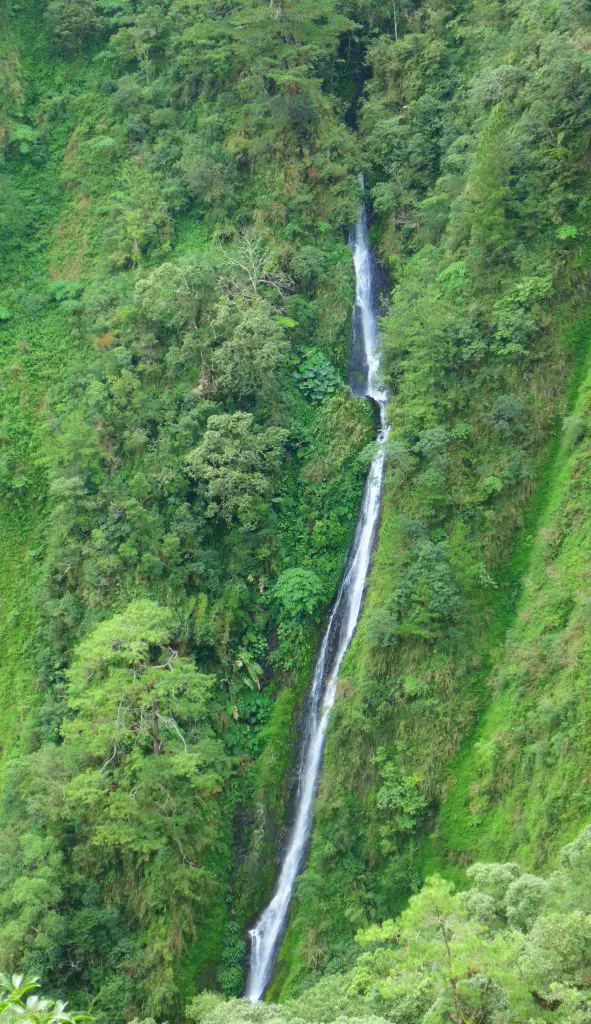
Cascading from atop the mossy forests of sitio Amchuwichun, Kokop-Asun Falls is considered the highest waterfall in Lias. It reaches more than 300 meters and cascades like heavenly drizzles. It can be viewed from an adjacent mountain which is also a hunting ground of the locals.
Expect to trail on dense forests and steep terrains before finally catching sight of the waterfall’s grandeur. Just after the rains, clouds hover across the top of the waterfall, casting a mystifying view. Until now, only a few hunters and locals have witnessed Kokop-Asun Falls.
4. Bizarre moss-covered lake called Siblaw Taraw

Siblaw Taraw lies atop a mossy mountain ridge which is currently threatened by a proposed road project. The forests here are among the headwaters of the Tanudan River which provides irrigation downstream and sustainable household water supply.
Locals believe that Siblaw Taraw was once a bathing site of maidens from the heavens. To get here, one has to hike on hunter’s trails from the national highway for two hours. Don’t worry. It’s not that difficult as the trail runs on gentle slopes with thick vegetation.
Although it looks like a quicksand, Siblaw Taraw is actually a lake. Underneath the carpeting mosses and flowers are crystal-clear waters. Enjoy taking a stroll around the lake while relishing the relaxing views of the forests.
5. Spotting the Biggest Flowers called Rafflesia
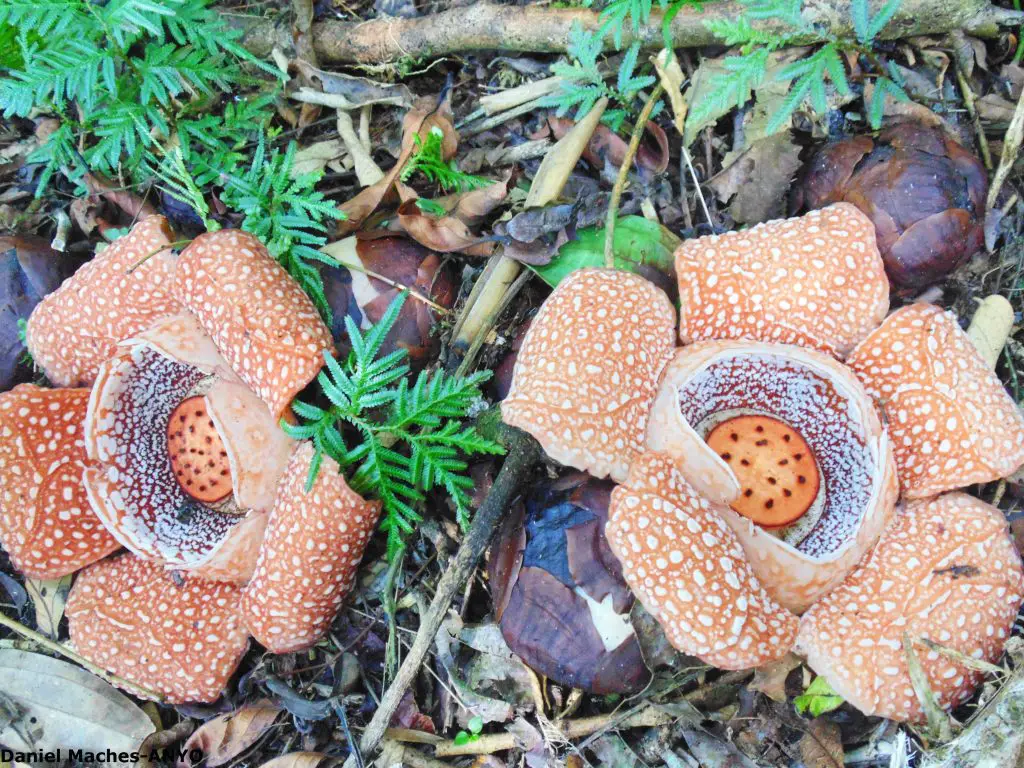
Ever hear of the foul-smelling Rafflesia? These are the biggest flower species in the world and one can find them in the remote forests of Barlig! Locals say that at least four species of Rafflesia have been recorded by biologists in the municipality, specifically, within the ancestral domains of Barangay Lias Kanluran and Lias Silangan.
But these flowers only bloom during the right conditions and within ideal forest settings. So it’s a rare sight and you’re one luckiest visitor if you happen to witness its full bloom. It’s best to ask advice from local hunters as they are familiar with the spots where Rafflesia flowers are usually found.
6. Mystical hot springs amidst cloud forests
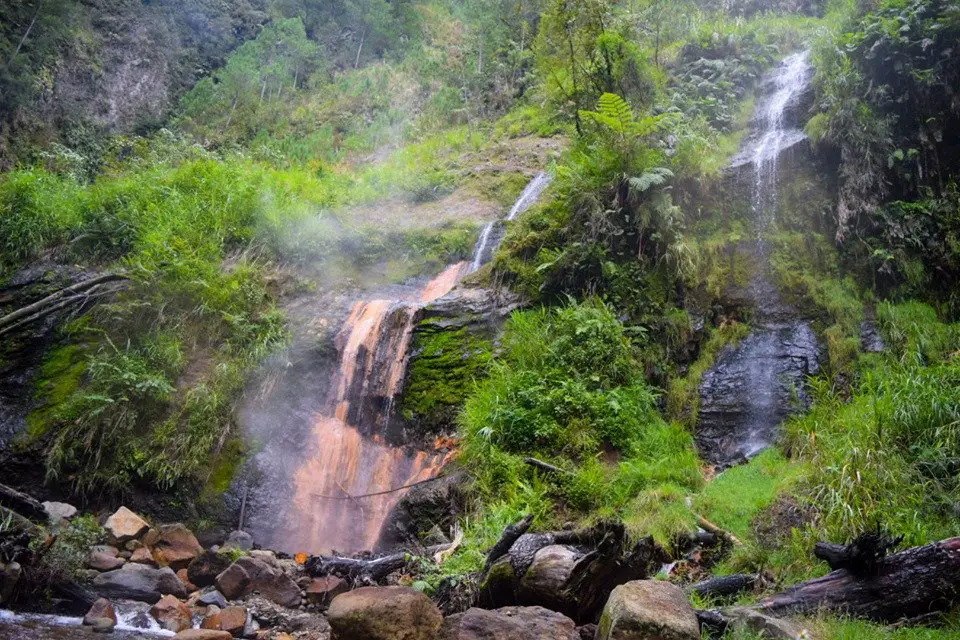
Being on a high elevation, Barlig is pretty chilly especially during the “ber” months and before the onset of the summer season. So if you want to escape the cold from time to time, consider taking a dip at Mornang Hot Spring, one of the several hot springs in Barlig. It’s also the most accessible from the main highway, taking only 15-20 minutes of a downhill trek.
There’s a man-made pool where you can channel thermal waters and have a rejuvenating immersion. Enjoy dipping on the pool as you gaze on the surrounding forests and the cascading hot spring “waterfall.” Yes, you’ve read that right. The thermal waters emanate from a hole high on the slopes and cascade beautifully to a small brook.
Meanwhile, you can follow the brook upstream for five minutes and you’ll reach a towering waterfall with icy-cold waters. It’s more fun here indeed!
7. Majestic rice terraces
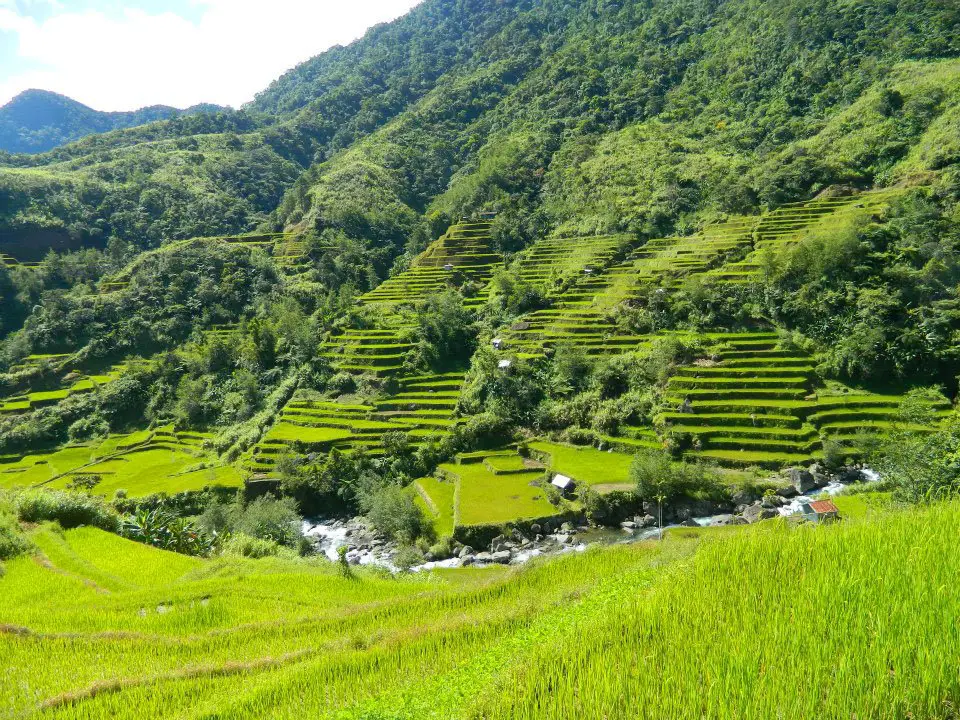
Just like other municipalities in the Cordillera region, Barlig hosts numerous stone-walled rice terraces. I’ve been to all of them and my favorite is shown in the picture, Naculla Rice Terraces in Barangay Ogo-og. These ladder-like structures have been providing heirloom rice for the community for centuries!
Not only do these rice terraces showcase the sophisticated engineering skills of the people but also their balanced relationship with the forests. It’s no wonder why the locals have guarded the forests as these provide the water they need to sustain their rice terraces.
Naculla Rice Terraces can be seen along the way going to Amfitayok Falls, known for its deep pool with refreshing waters.
8. Century-old Giant Trees
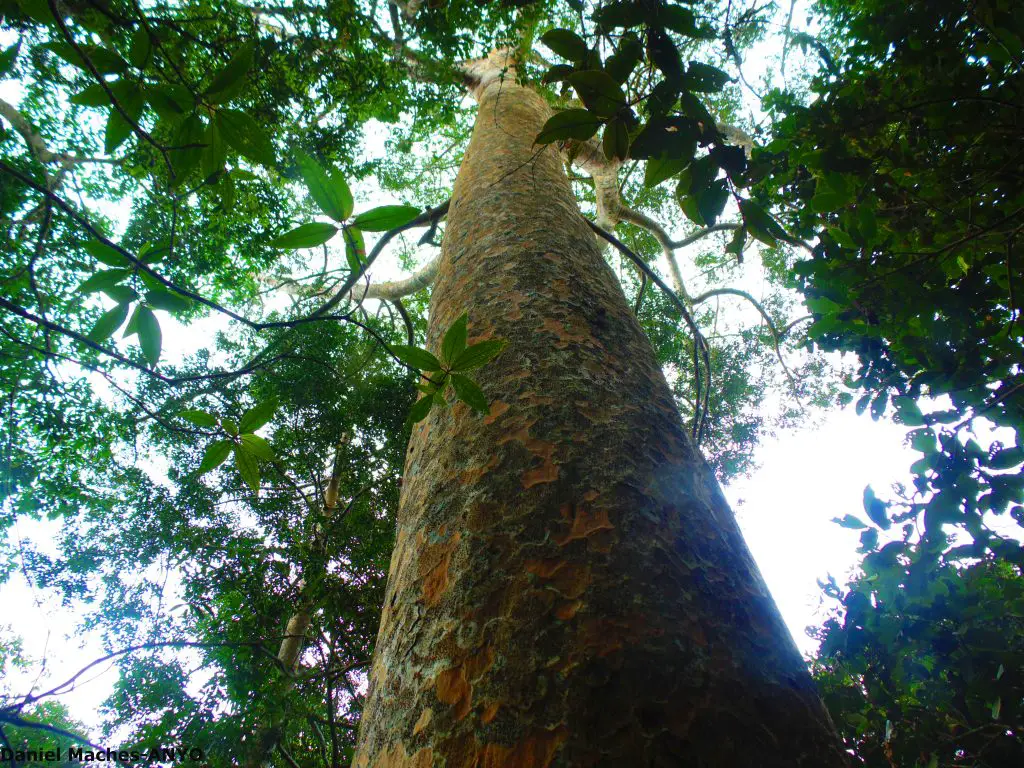
If Barlig hosts the biggest flower species in the world, it also harbors the biggest tree species in the Philippines known as almaciga. Most of the remaining almaciga in Barlig are found in extremely remote locations. Some of them are centuries old with a height reaching more than 60 meters!
Almaciga trees are known to be critical sanctuaries of the Philippine Monkey Eating Eagle. Thus, protecting them can mean the flourishing of these endangered species.
One of the biggest almaciga lies in sitio Changsoy of Barangay Lias Kanluran. Locals who visited it say that it takes at least six people to circle the massive buttress of the tree. As more and more forests vanish in the country, it’s imperative to protect these almaciga strongholds.
9. Hundreds of waterfalls to See
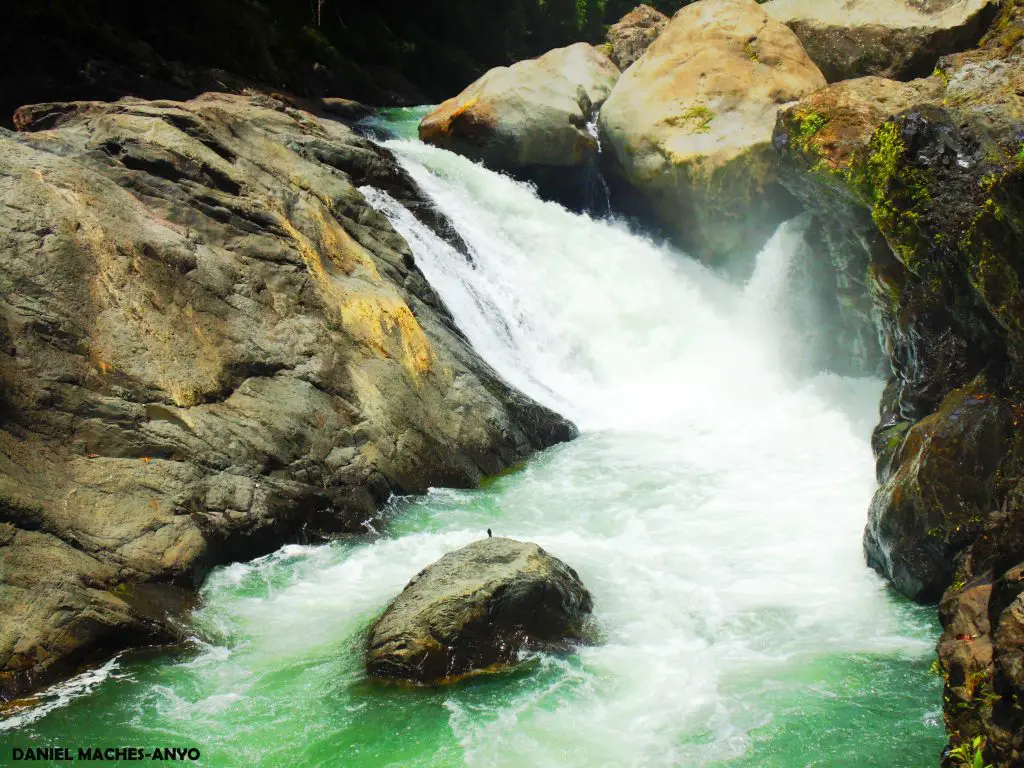
Waterfalls here. There. Waterfalls everywhere!
With its mountainous terrains and thriving forests, Barlig hosts hundreds of waterfalls, most of which are hardly accessible. While some waterfalls are only a few feet high, some can reach hundreds of meters. In fact, some falls in Barlig can rank among the highest in the Philippines if properly documented.
While some are only a few minutes of hike, some waterfalls can take several hours or days of continuous hiking. These are fit for extreme adventurers who want to experience the wildest sights.
10. Stunning rock formations of unseen spirits

Don’t get too bothered with the subtitle. But it’s a common belief in the locality that many big stones or rocks are an abode of unseen spirits. The Akanyang Stone as shown in the picture, for example, comes with several interesting stories. For the tribal people, it is a sacred dwelling of spirits that have guarded the community since time immemorial.
Akanyang Stone is also known as the “Murmuring Stone.” That’s because one can often hear familiar voices when passing near the stone. Want to hear more of such stories? It’s best to ask the local elders.
So there you have it! Those are just a few of the many reasons to visit Barlig. Not only will you appreciate the sights but also get a deeper understanding of the municipality’s rich culture and history including its thriving biodiversity.
What else do you know about Barlig and its tourist spots? Post them on the comment section below 🙂


